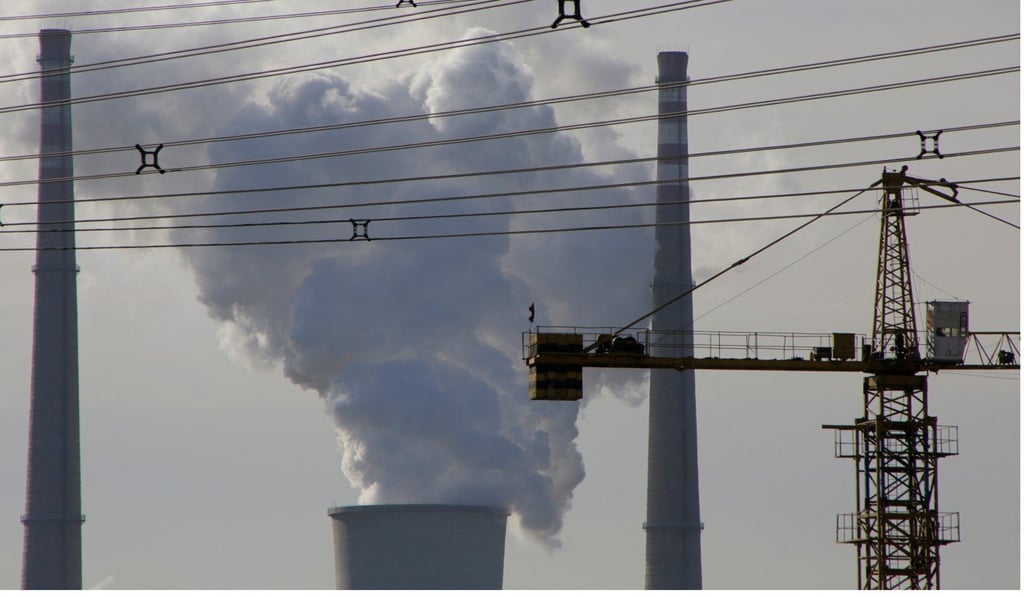Beijing’s air quality shows significant improvements as ‘war on pollution’ targets coal use
- The Chinese capital has seen levels of the most harmful particles known as PM2.5 more than halve since the 2013 drive to tackle the problem started
- While there is still work to be done, controls on coal burning and vehicle emissions are seen as key to rapid turnaround

Beijing’s air quality has improved significantly since the start of the “war on pollution” seven years ago, according to official figures.
In 2019, the capital’s average concentration of PM2.5 – the most harmful small particles and a key indicator of air pollution – fell to their lowest levels since its integrated air quality monitoring network started operating in 2013.
The 2019 average concentration of 42 micrograms per cubic metre was 53 per cent lower than the 2013 figure of 89.5, according to the municipal ecology and environment bureau.
The average concentration of PM10 particles and nitrogen dioxide were 68 and 37 micrograms per cubic metre, both in line with national targets.

Although some pollution levels still far exceed international recommendations, the Chinese capital’s rapid progress has been hailed by the United Nations as an example of how quickly things can be turned around.